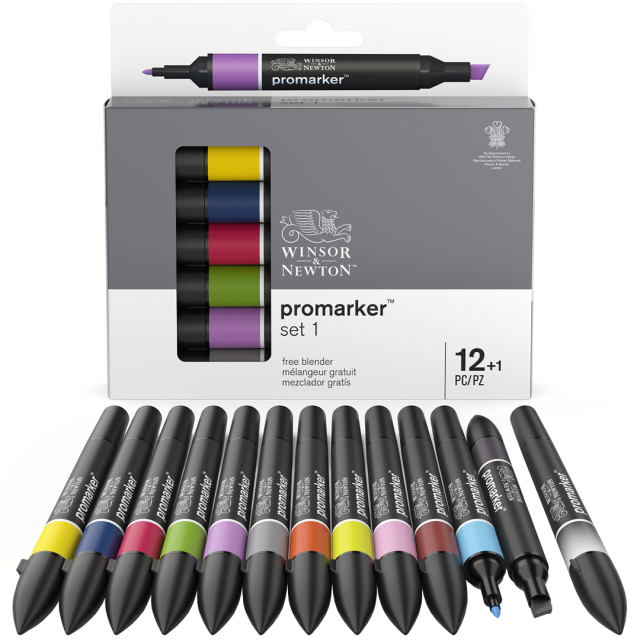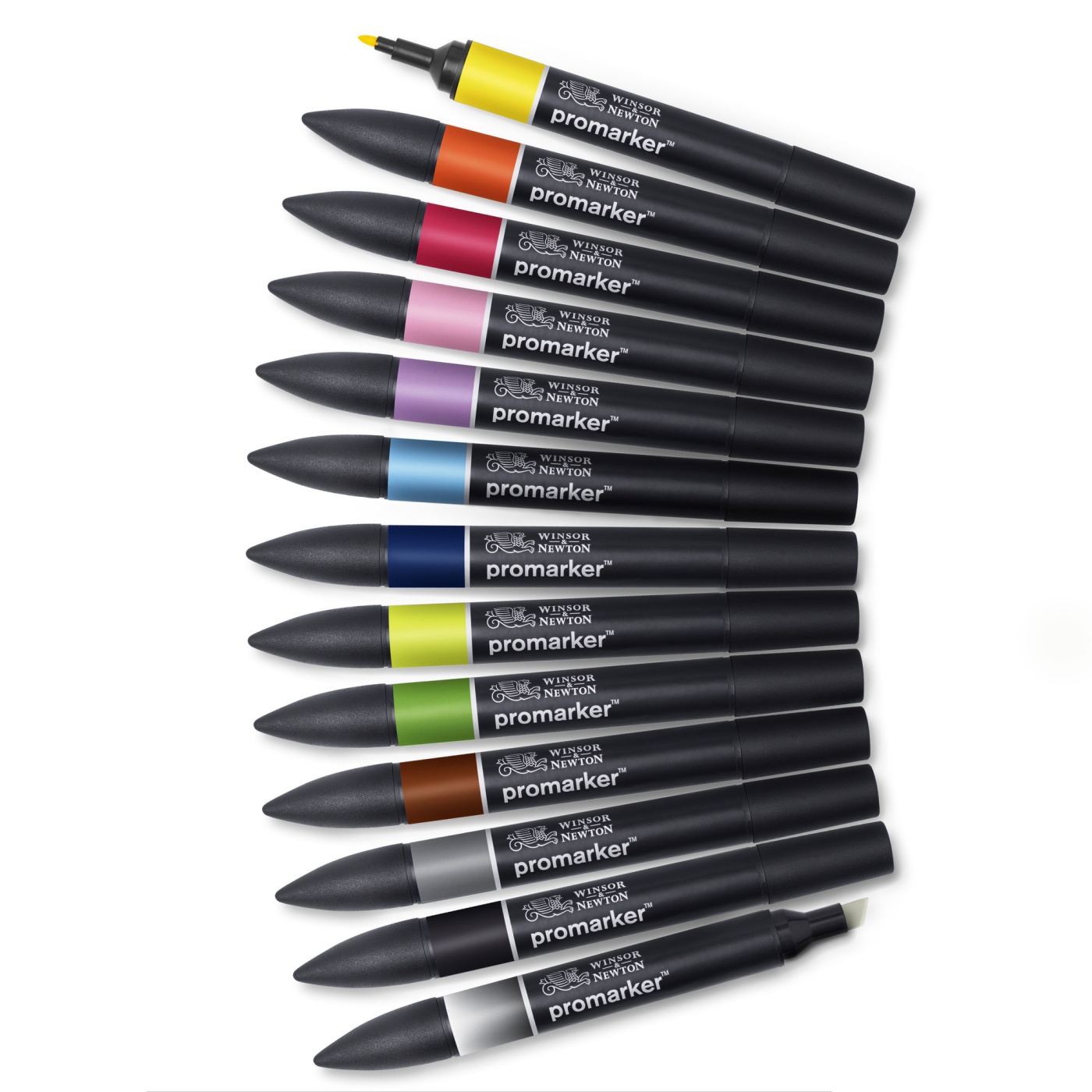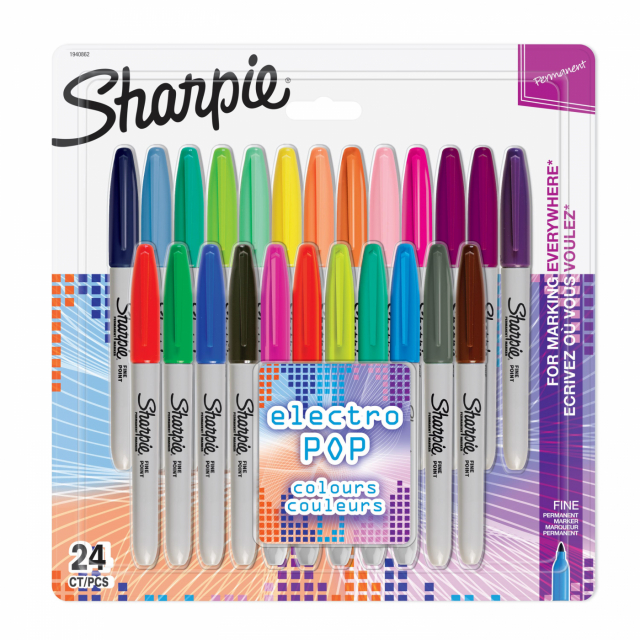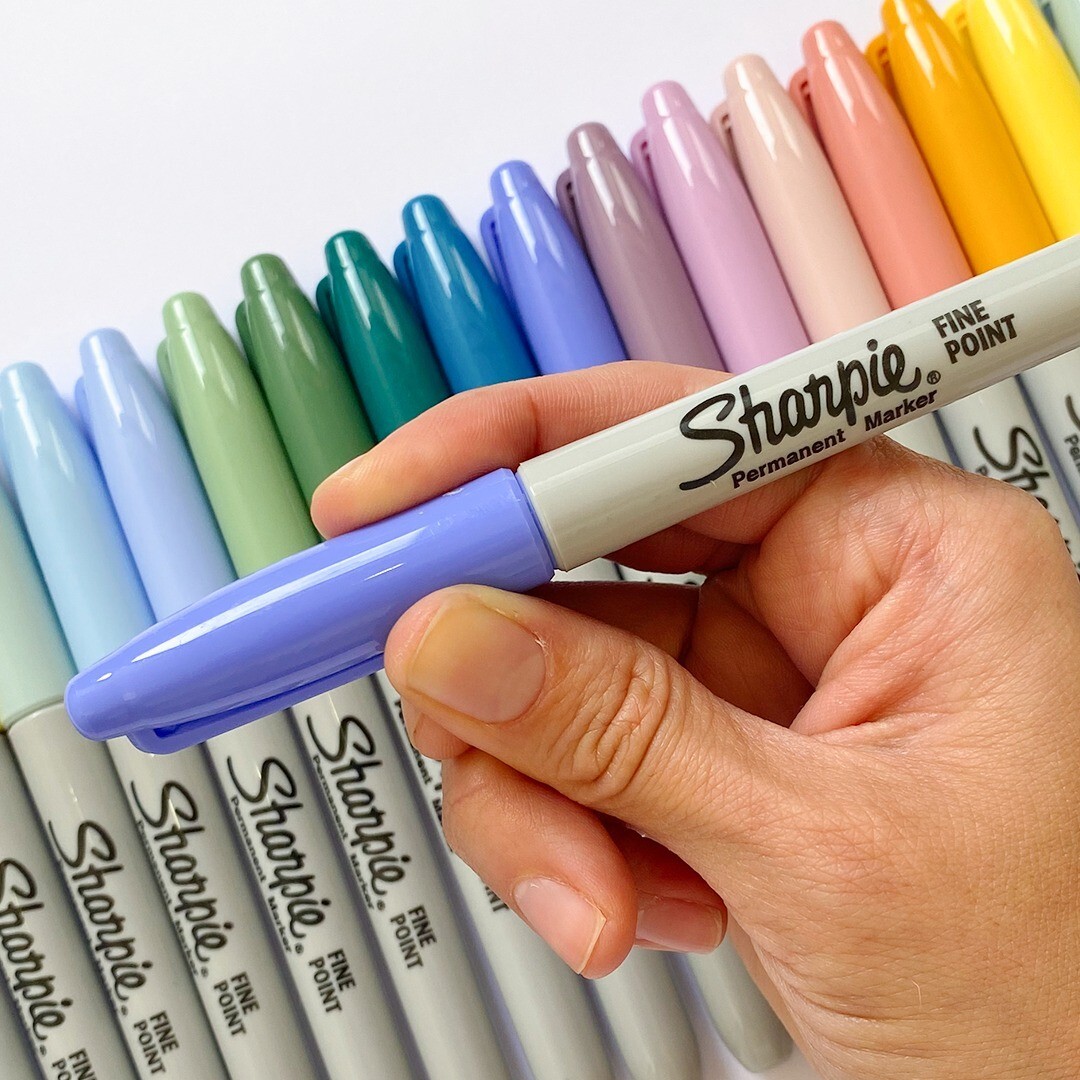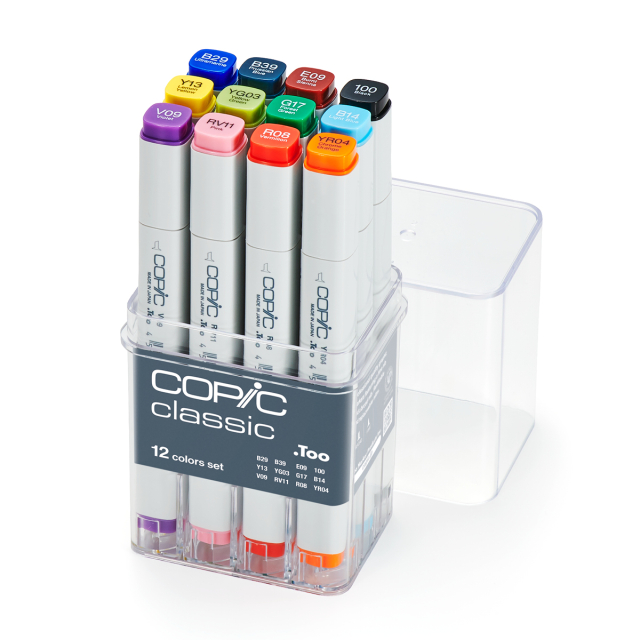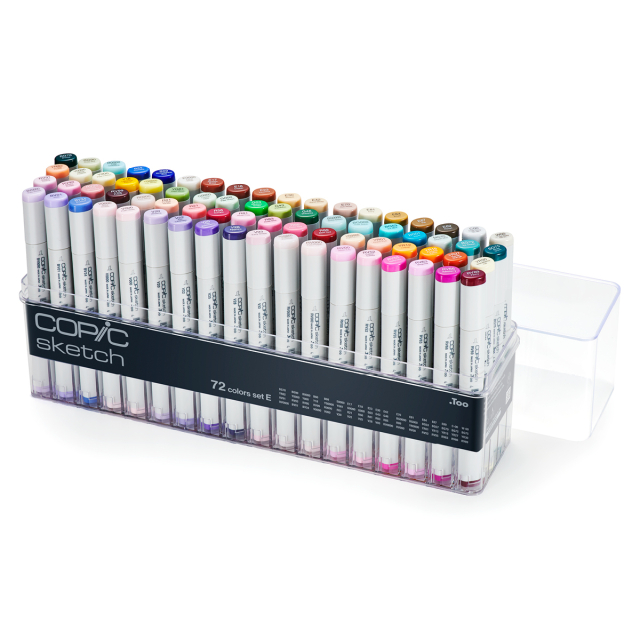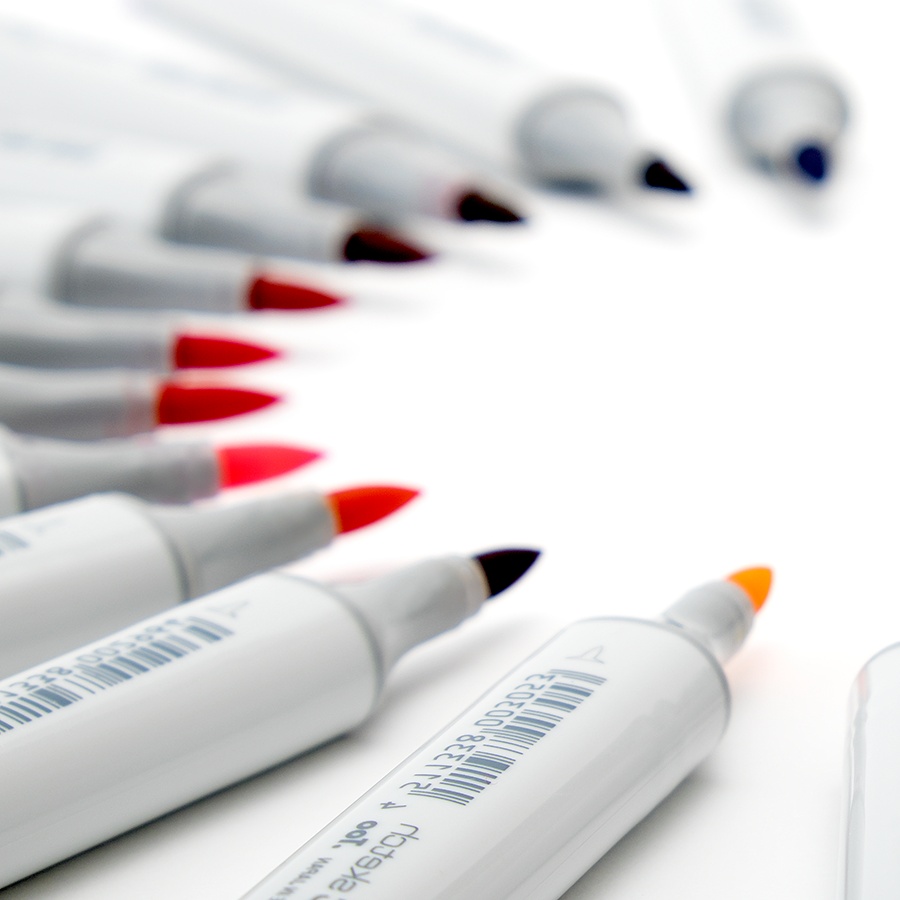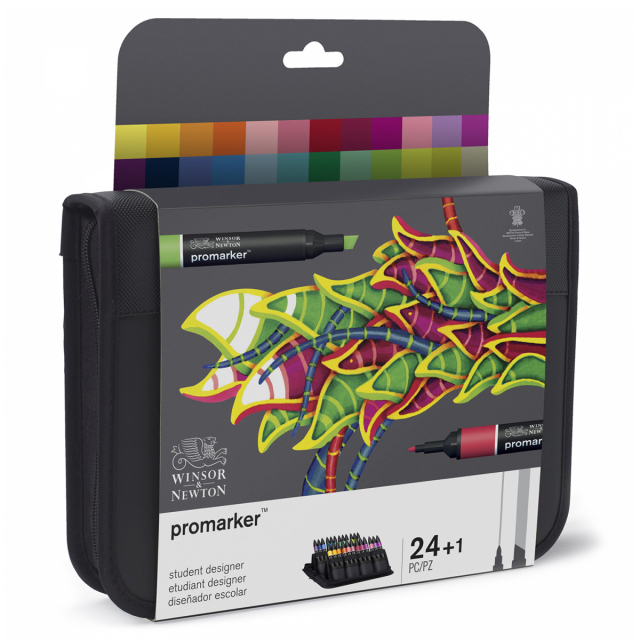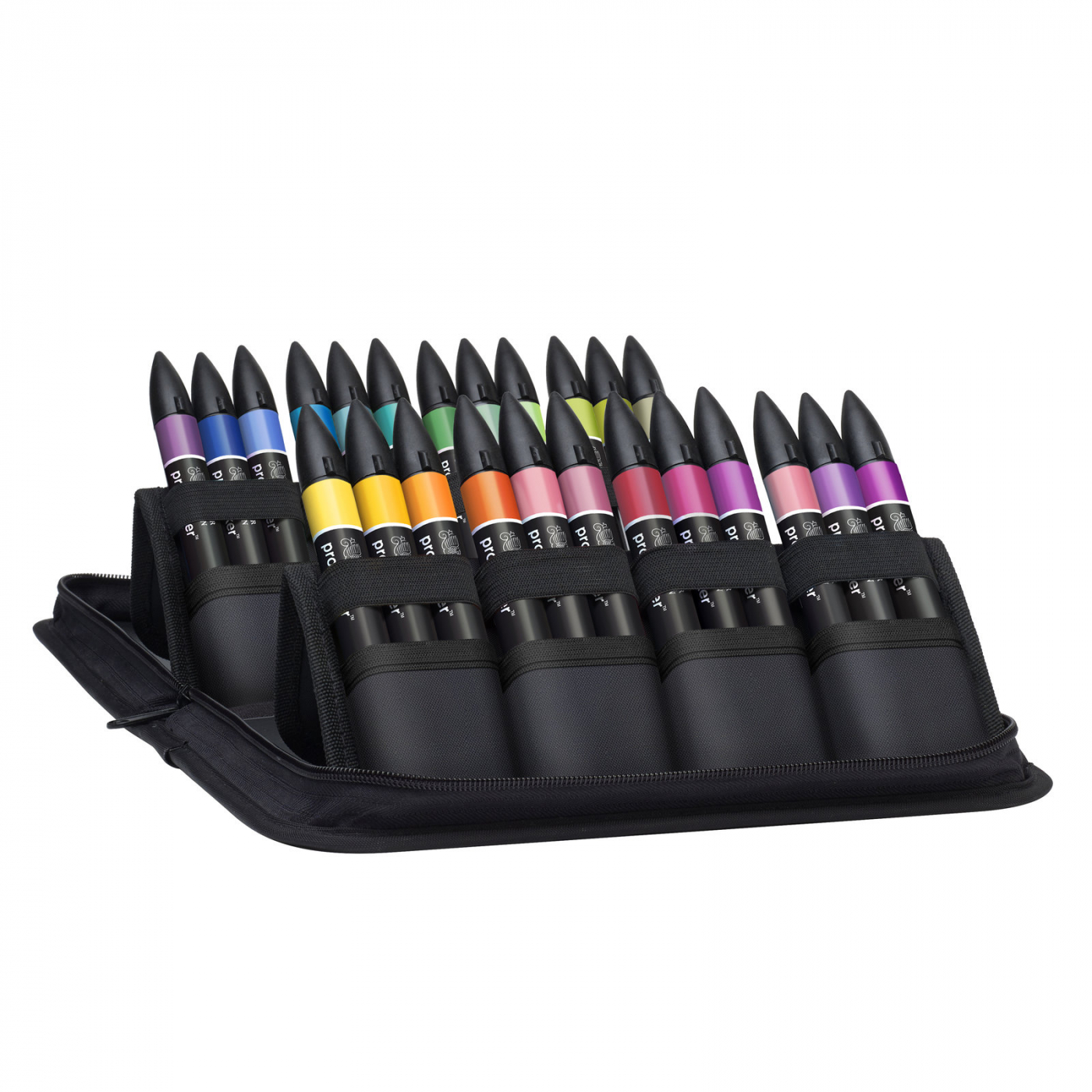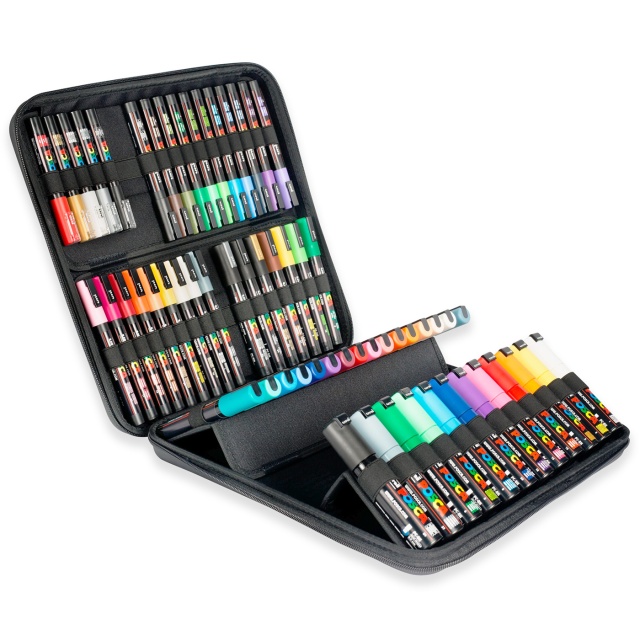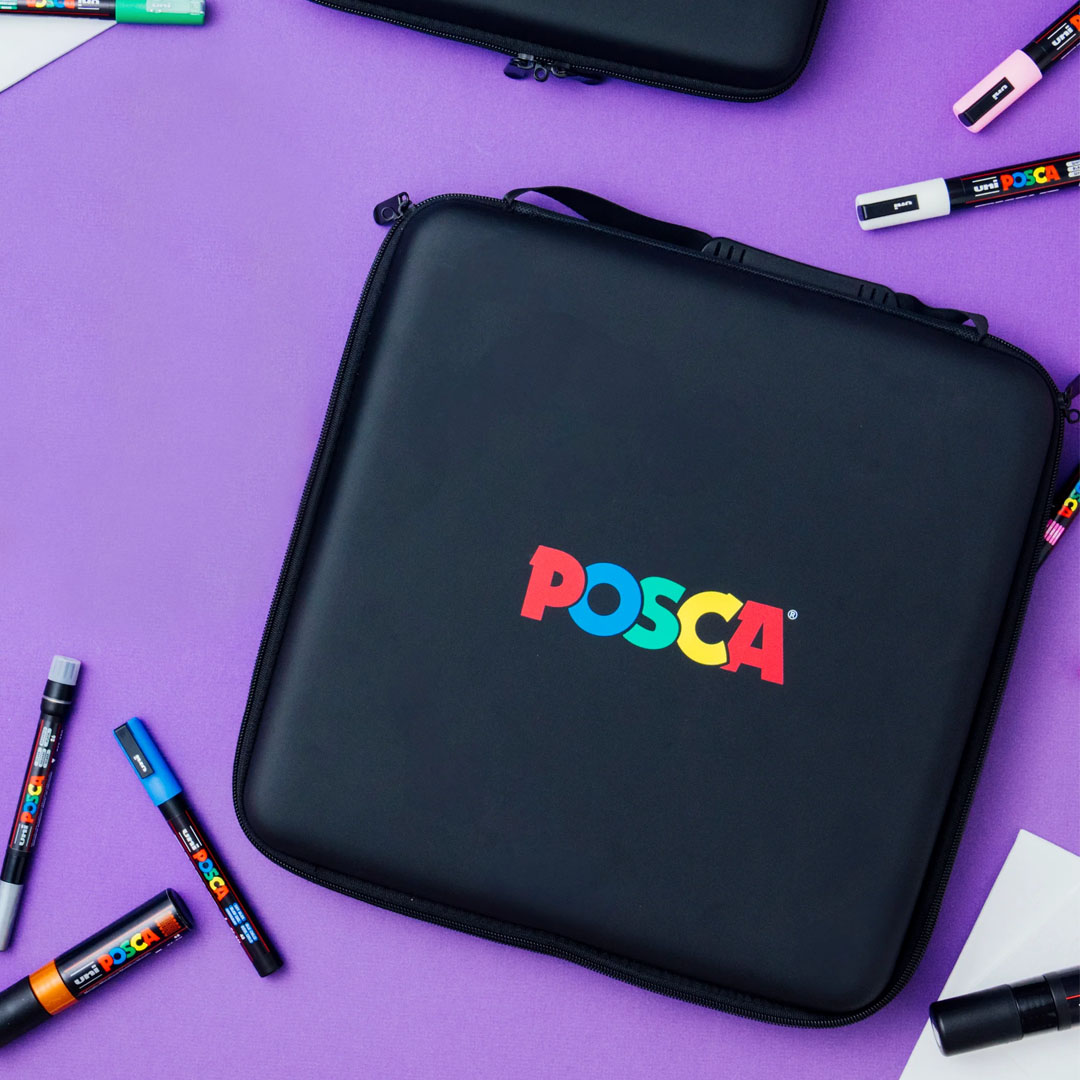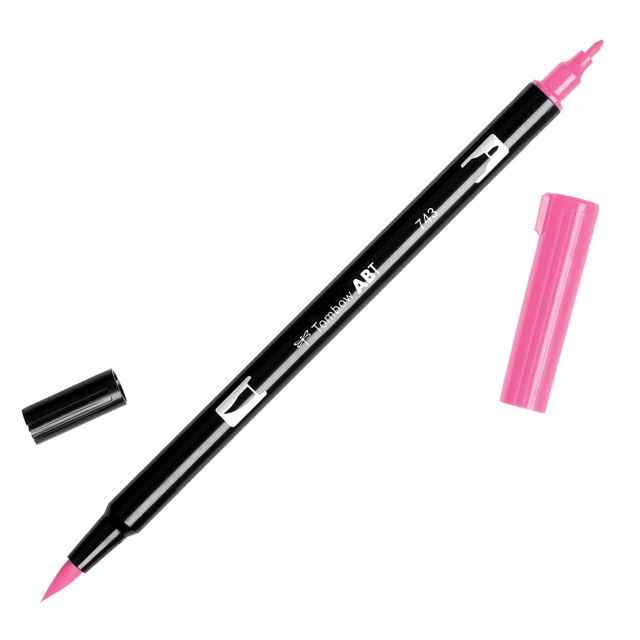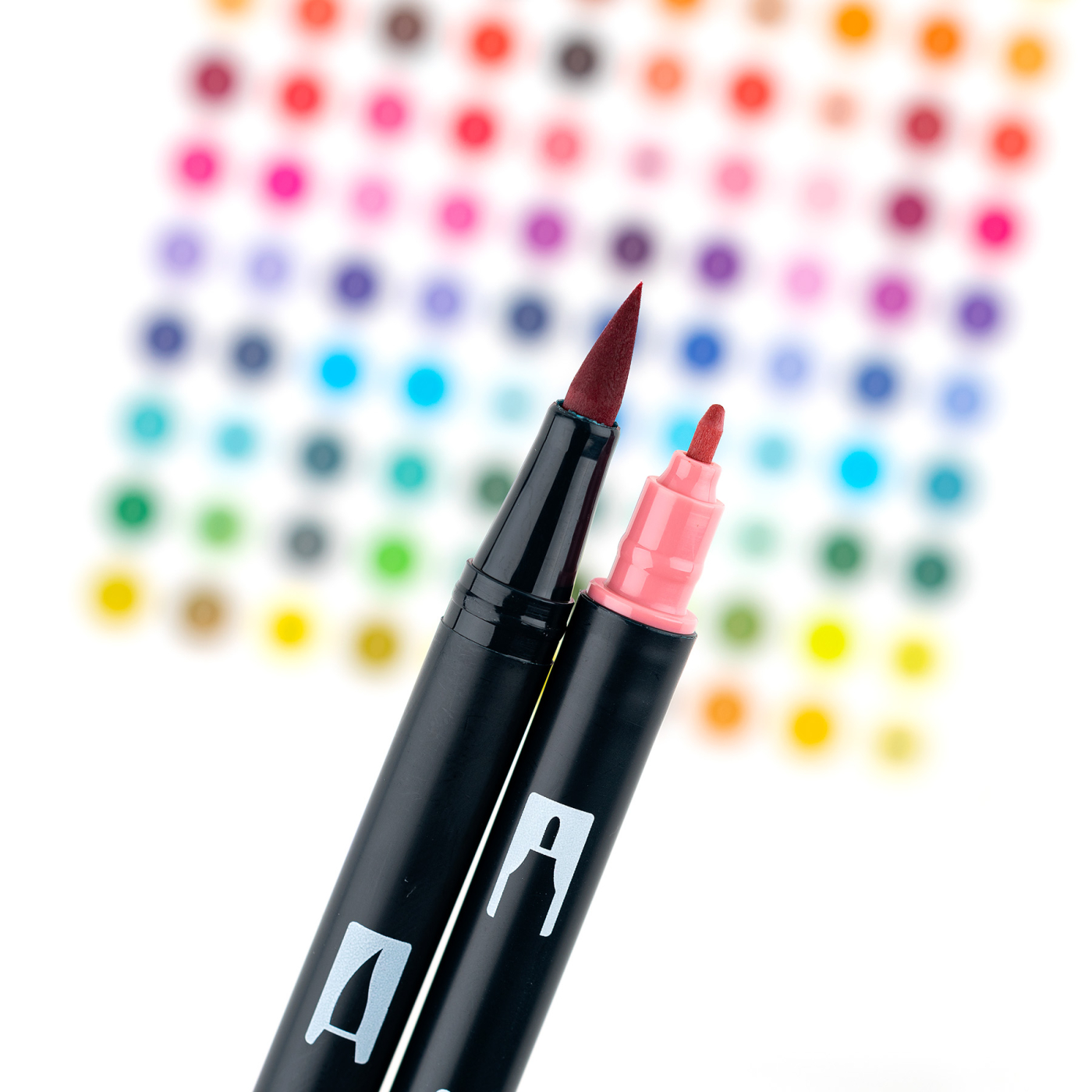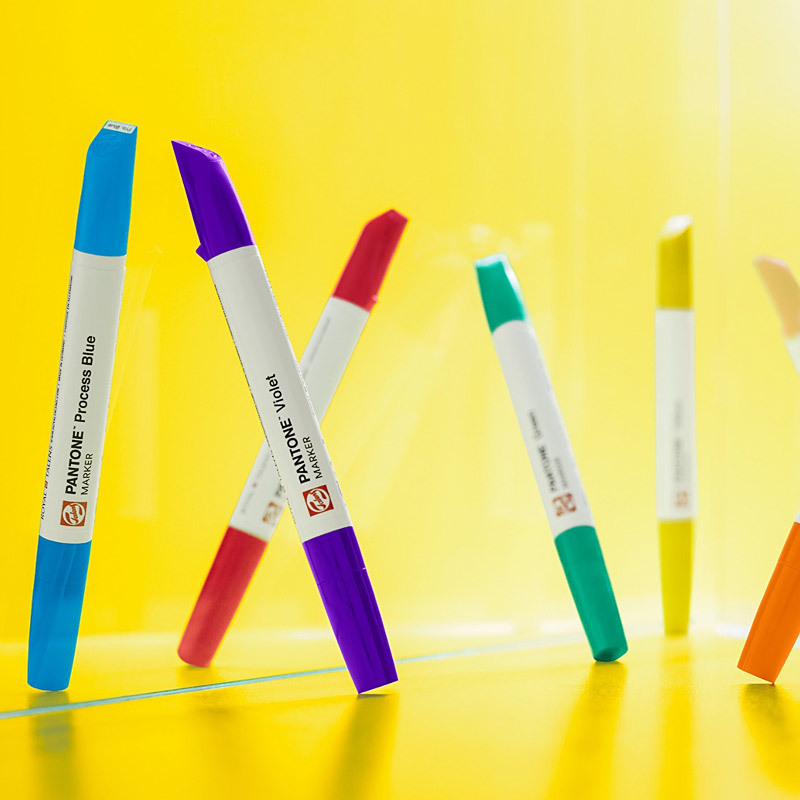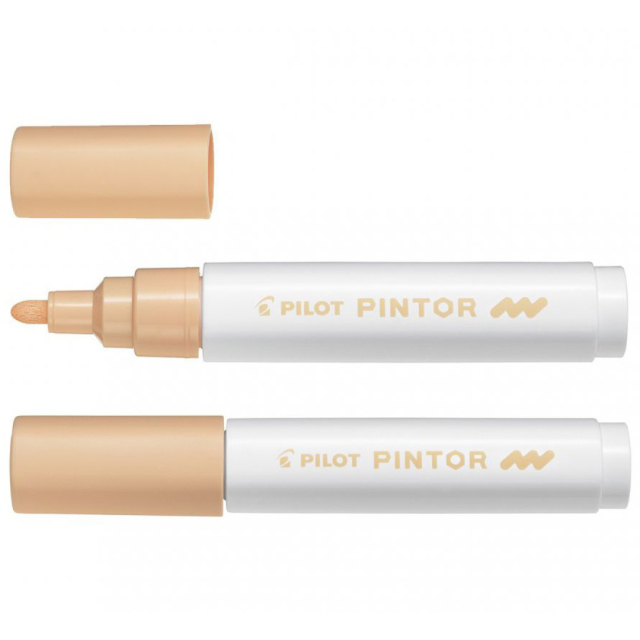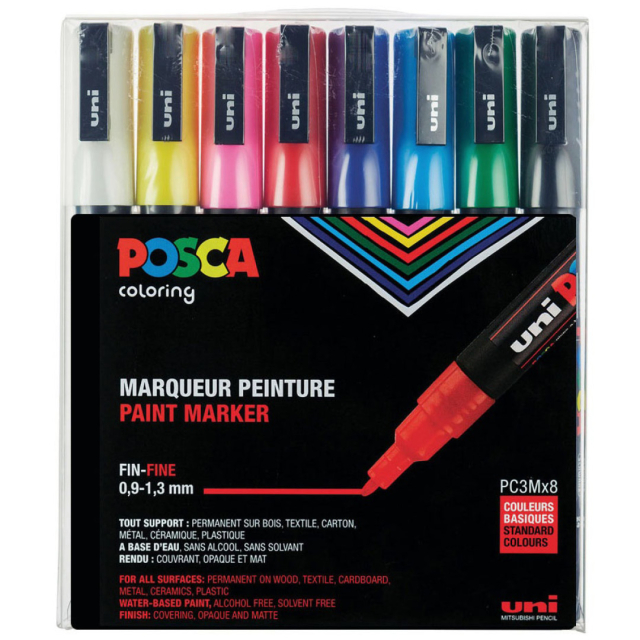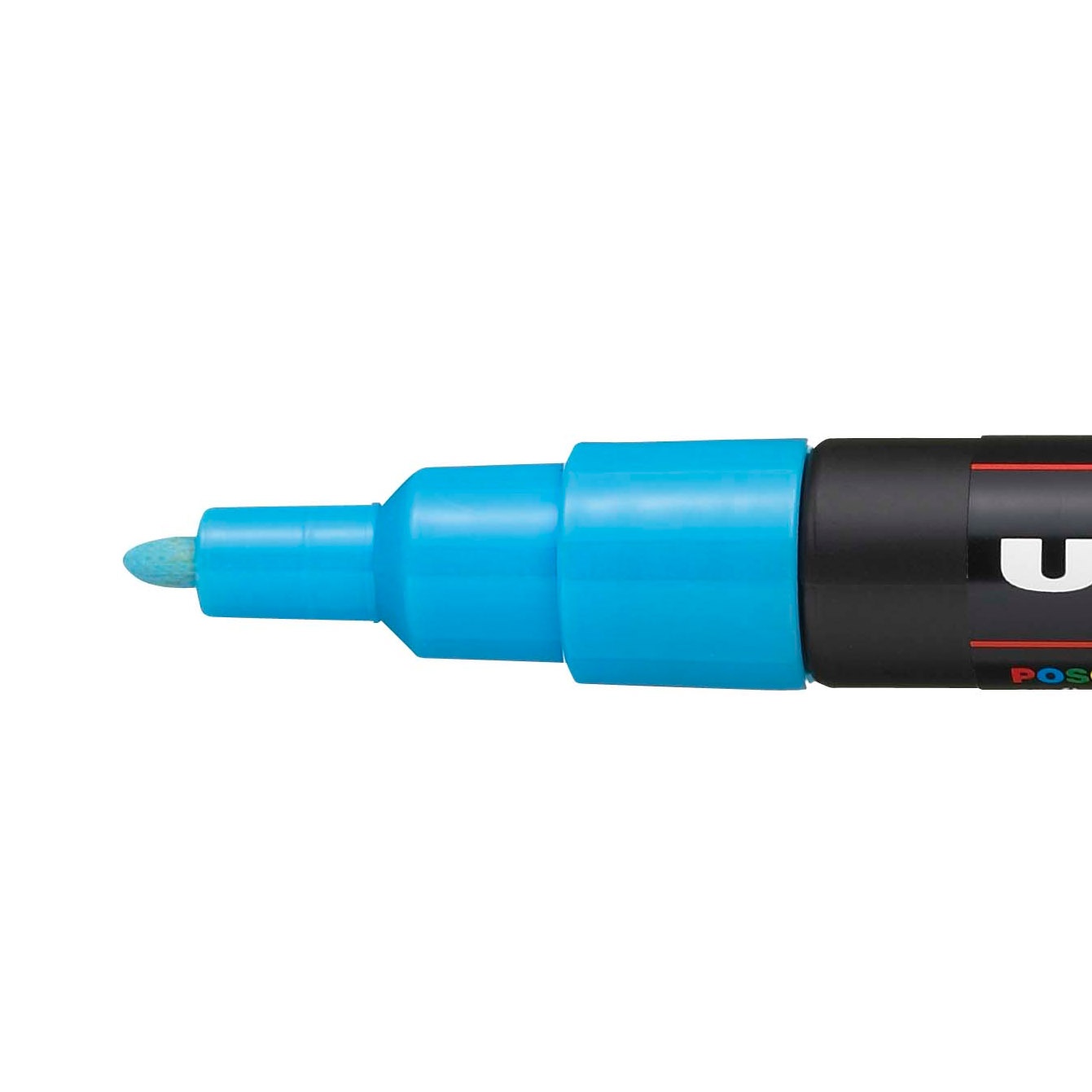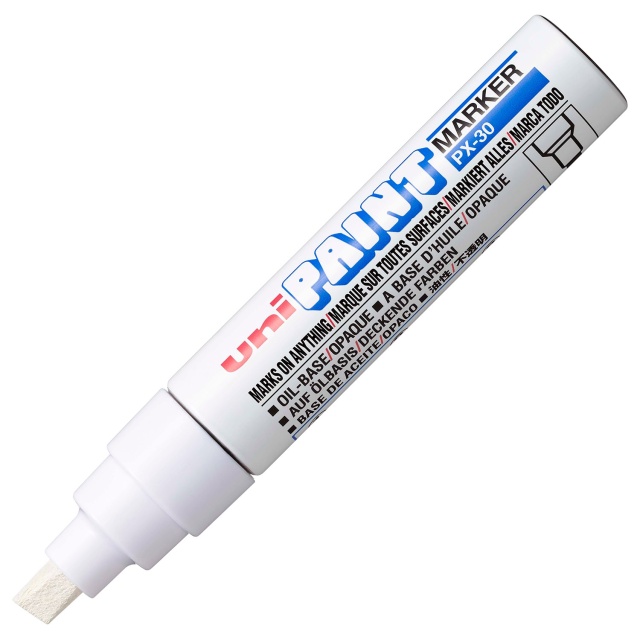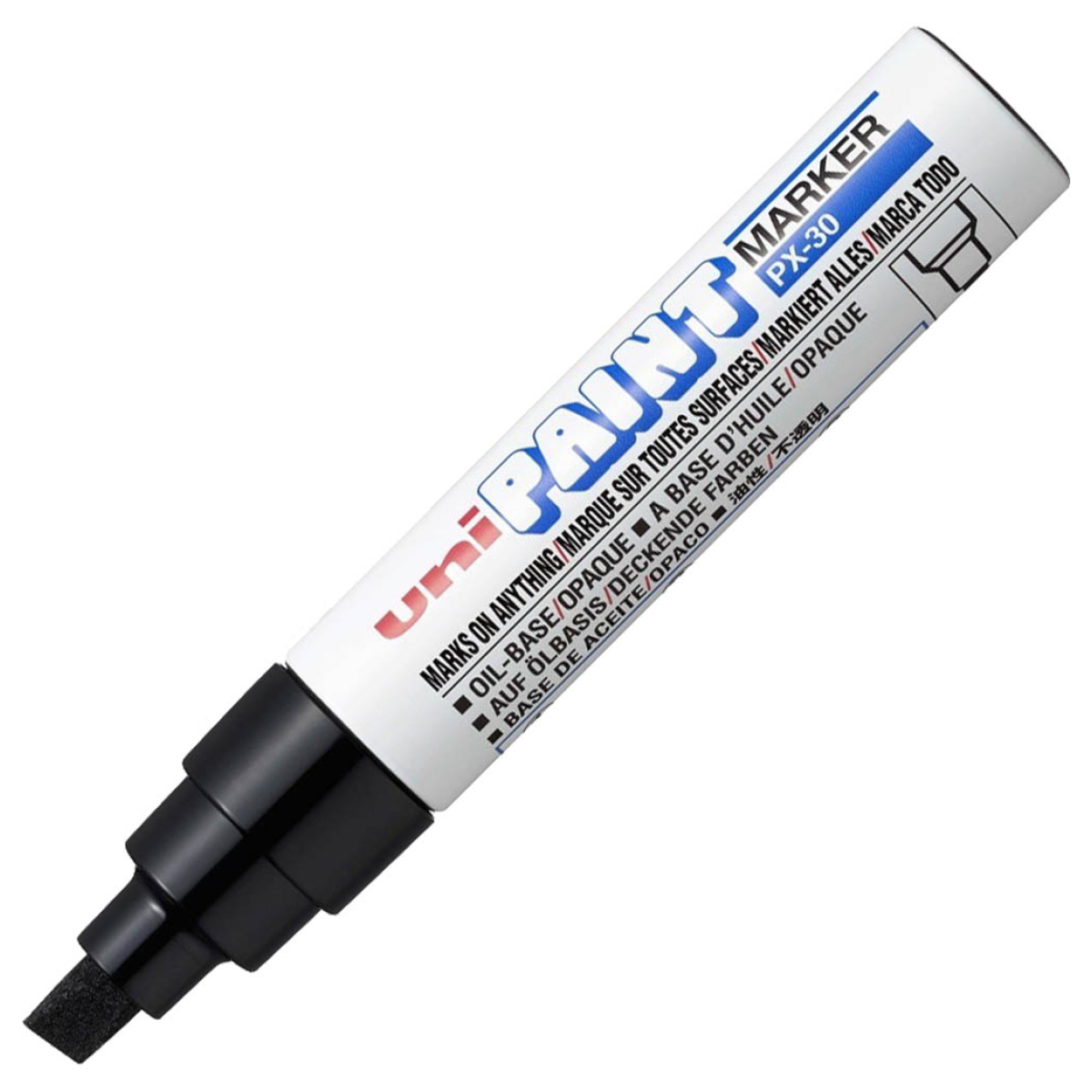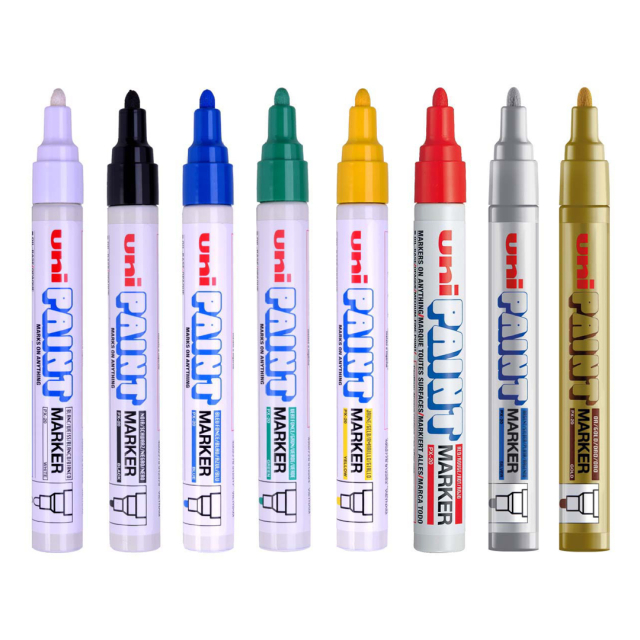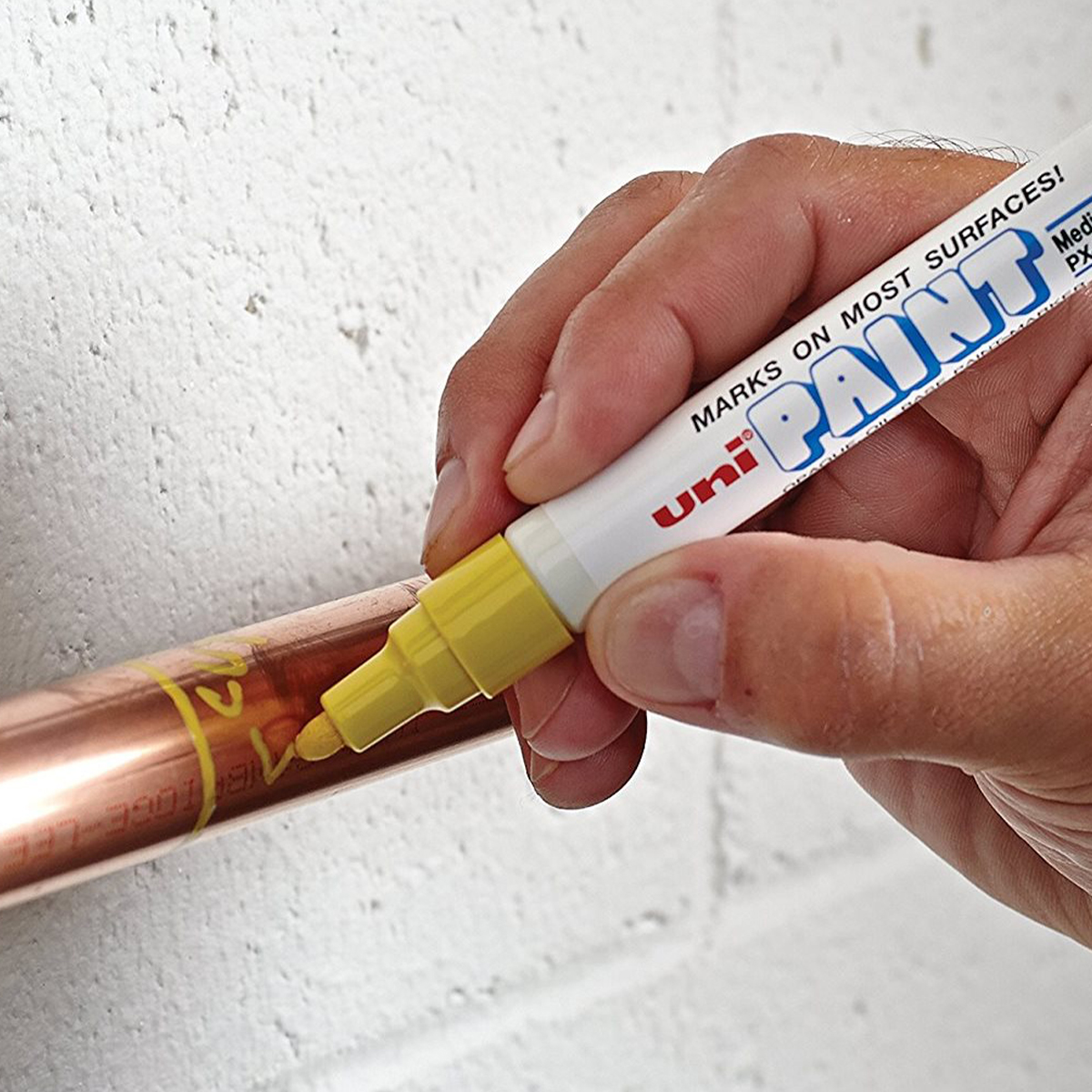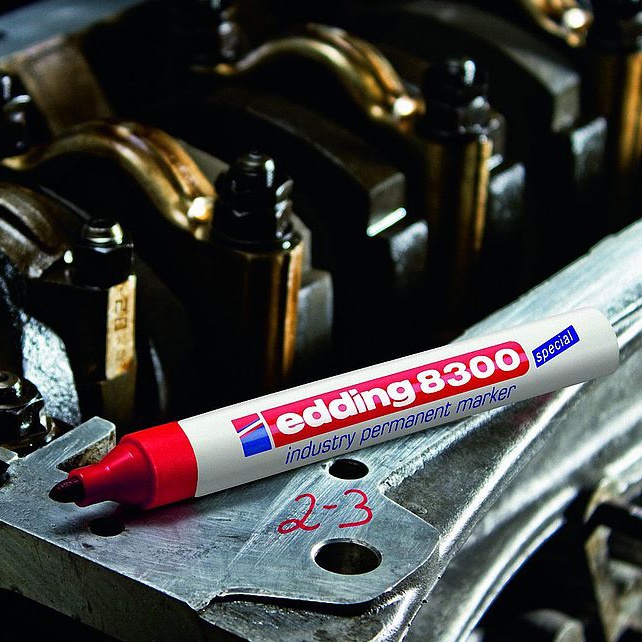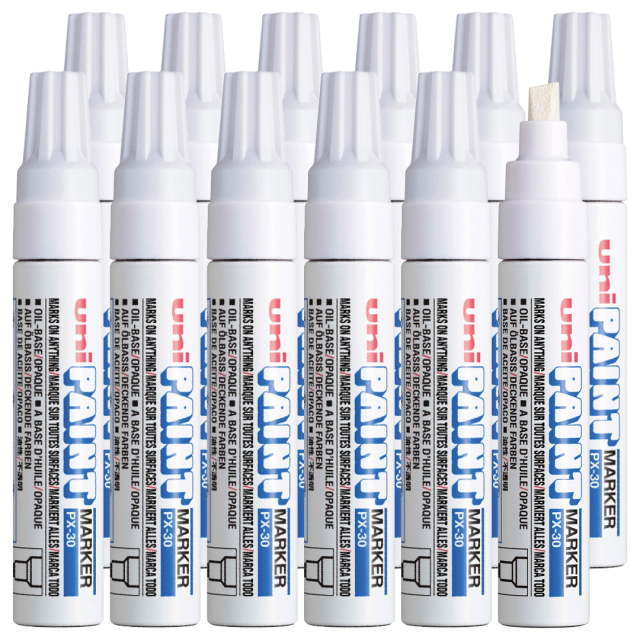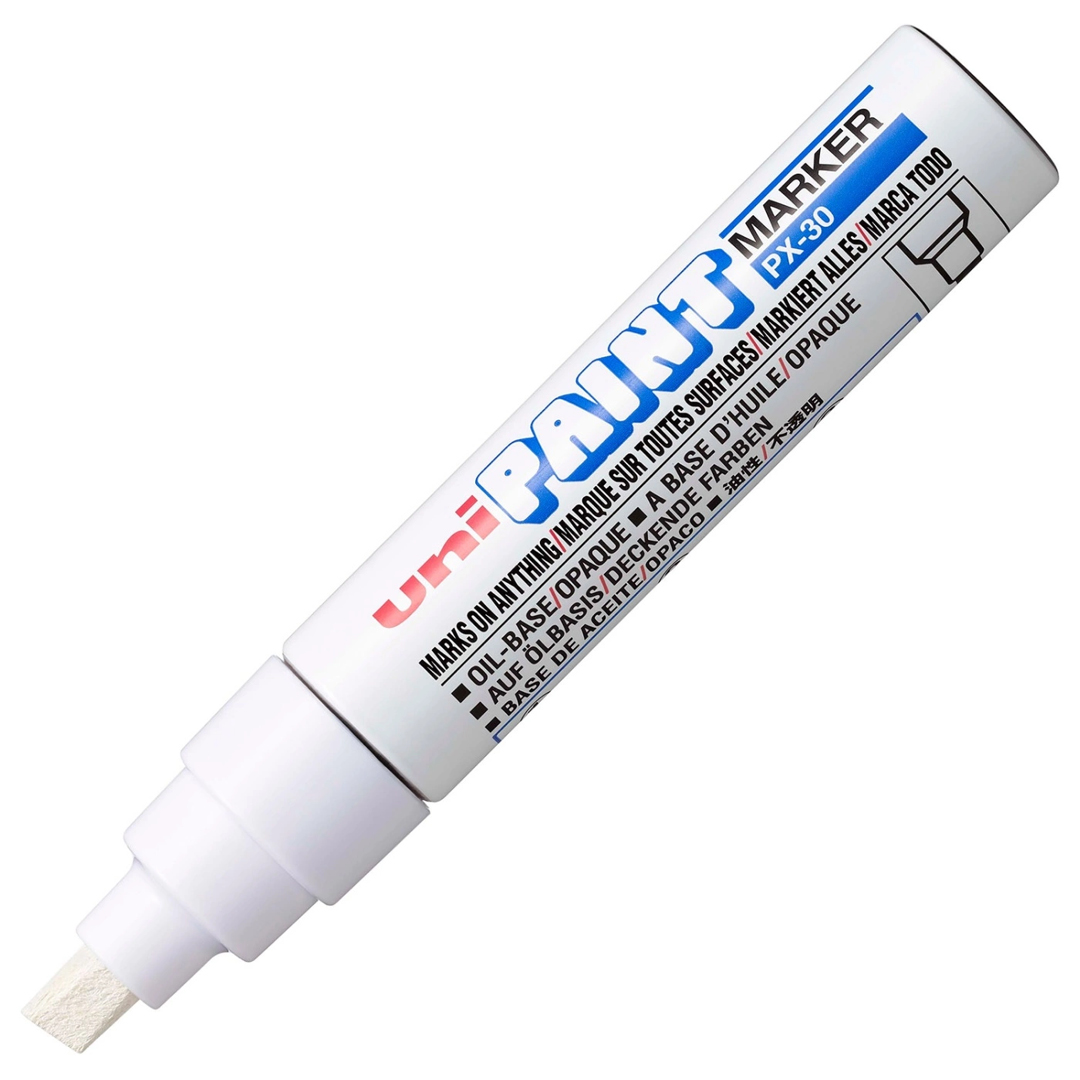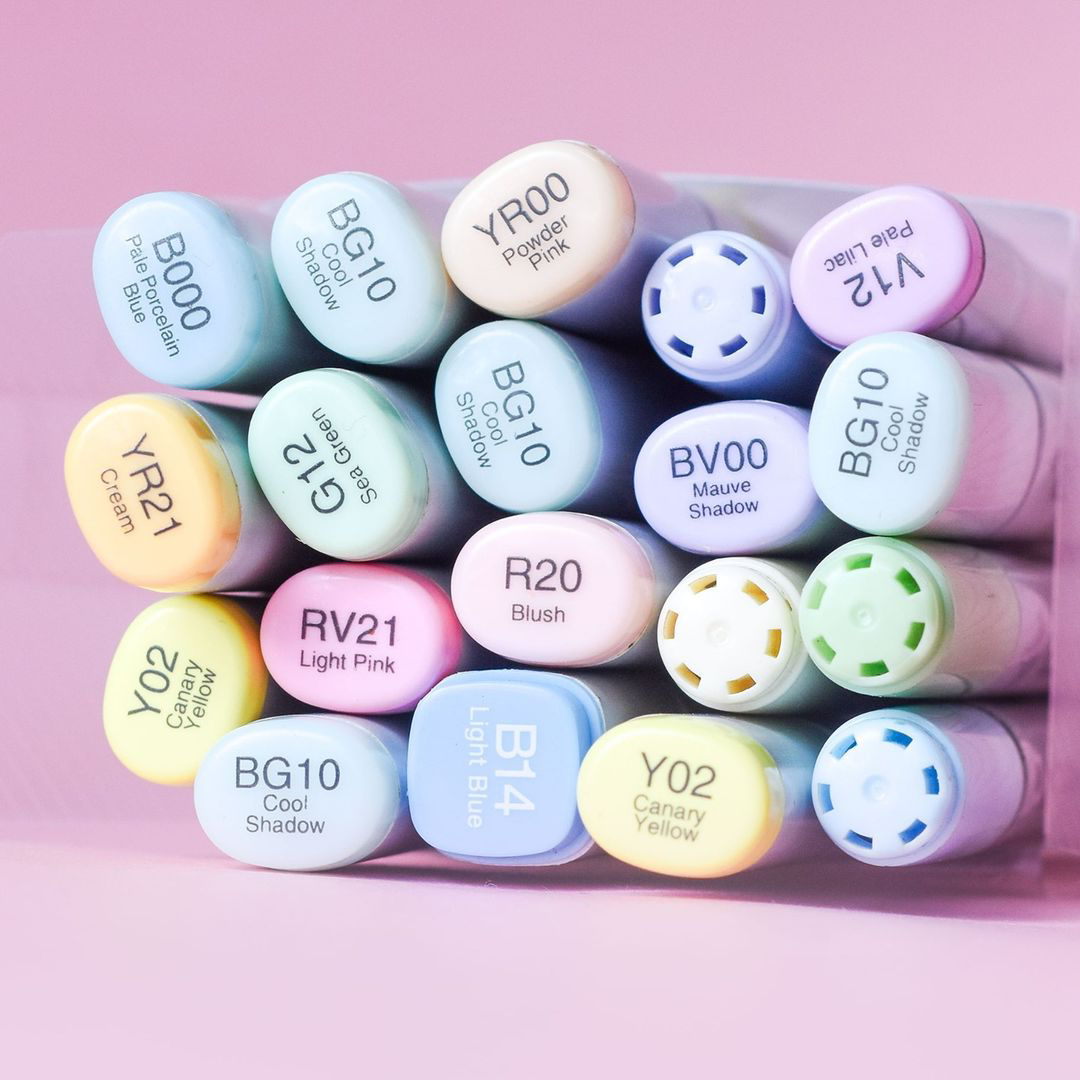

Alcohol-based markers
Alcohol-based markers are characterised by their durable ink that adheres to many different surfaces and dries quickly. This makes them both practical and versatile, but their use depends on the design of the pen. With us you will find two types: illustration markers, created for drawing and colouring, and permanent markers, designed for marking and writing on different materials. Read more below about the differences.
Alcohol-based illustration markers
Illustration markers with alcohol-based ink are popular among comic artists, illustrators and designers. The ink is semi-transparent and the colours can be blended directly with each other to create new shades and smooth transitions.
Examples of alcohol-based illustration markers:
Alcohol-based permanent markers
Permanent markers with alcohol-based ink are durable and adhere well to most surfaces, even glossy ones where other pens struggle. One advantage is that the ink dries quickly, making them practical when marking on plastic, metal or glass. Compared with oil-based permanent markers they have a shorter drying time, but the same reliable durability.
Examples of alcohol-based permanent markers:
Water-based markers
Water-based markers is a broad term that covers several different types of pens. What they have in common is that they use water as a binder, making them gentler on paper and less likely to bleed through compared to alcohol-based markers. They are usually odourless and can often be diluted or activated with water. The most common types are acrylic markers and watercolour markers: two variations that differ in look and feel, but share the same water-based foundation.
Acrylic markers
Acrylic markers contain opaque, water-based acrylic paint that adheres to almost any surface: paper, wood, stone, fabric, glass, ceramic and metal. The result is intense, durable and fully covering, making them just as useful for artworks and illustrations as for DIY projects, graffiti and object decoration. A white acrylic marker is, for example, perfect for creating bright, opaque details or reflections.
Examples of acrylic markers:
Shop acrylic markers →
Watercolour markers
Watercolour markers, on the other hand, are transparent and water-soluble. They work much like watercolours in pen format: you can draw directly on paper and then add water with a brush to create flowing gradients and soft colour transitions. This makes them particularly appreciated by illustrators and creatives who like to experiment with shading, blending and vivid colour effects.
Examples of watercolour markers:
- Tombow ABT Dual Brush Pen
- Promarker Watercolour
- Faber-Castell Albrecht Dürer Watercolour Marker
- ZIG Kuretake Clean Color
Shop watercolour markers →
Oil-based markers
The oil-based marker is often very durable and works excellently as a marking pen in industrial environments. This type adheres to most surfaces and comes in several different tip widths. Many of our customers use oil-based markers for marking car tyres. Pump markers are common among oil-based markers, meaning that during use you shake the pen and pump the ink forward by pressing the tip.Examples of oil-based markers:
Shop oil-based markers →
Which paper should I choose?
Depending on the type of markers you draw with, there is one or several papers that suit your pens and their characteristics. To help you choose the right paper for your markers, we have put together a complete guide!
Guide to marker paper →

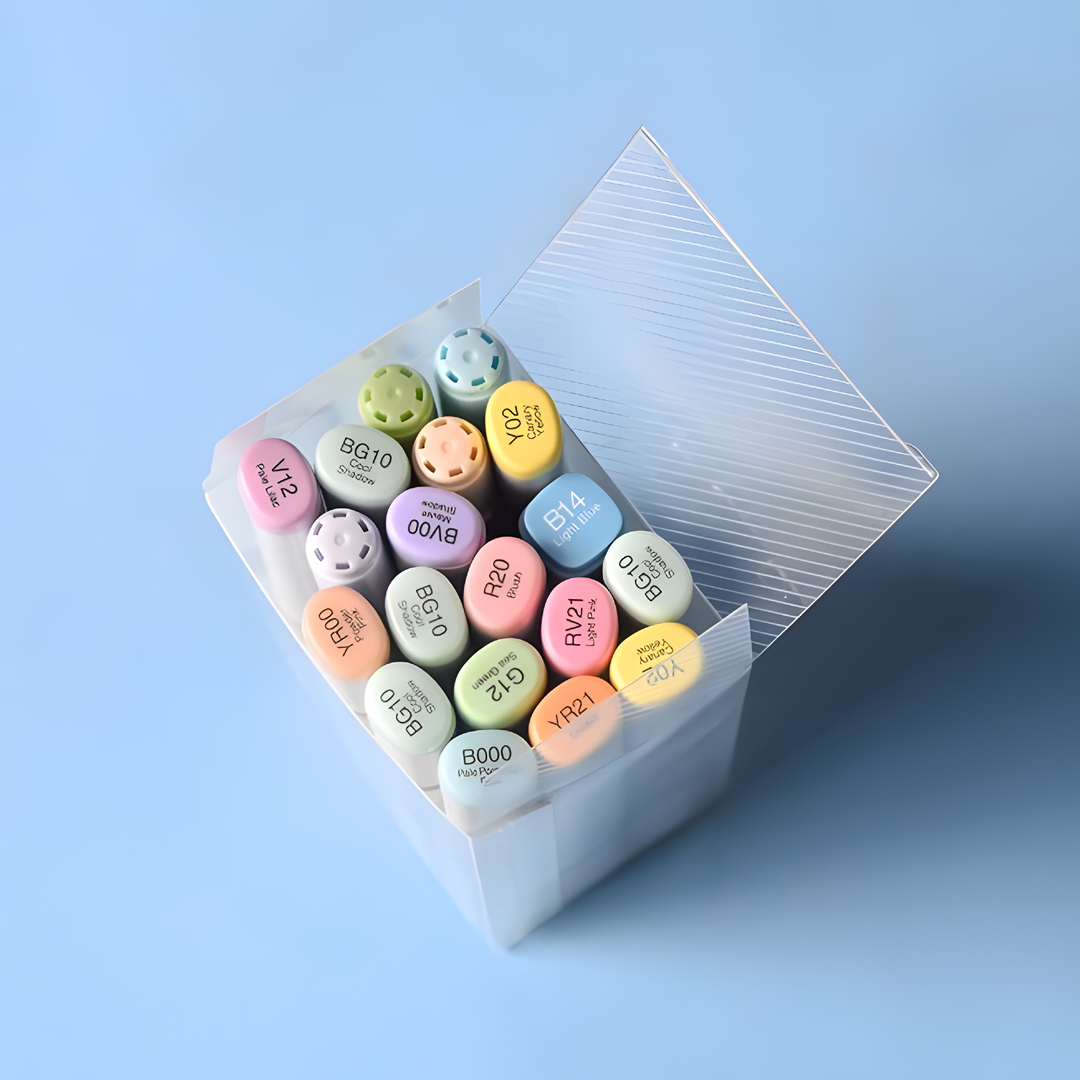
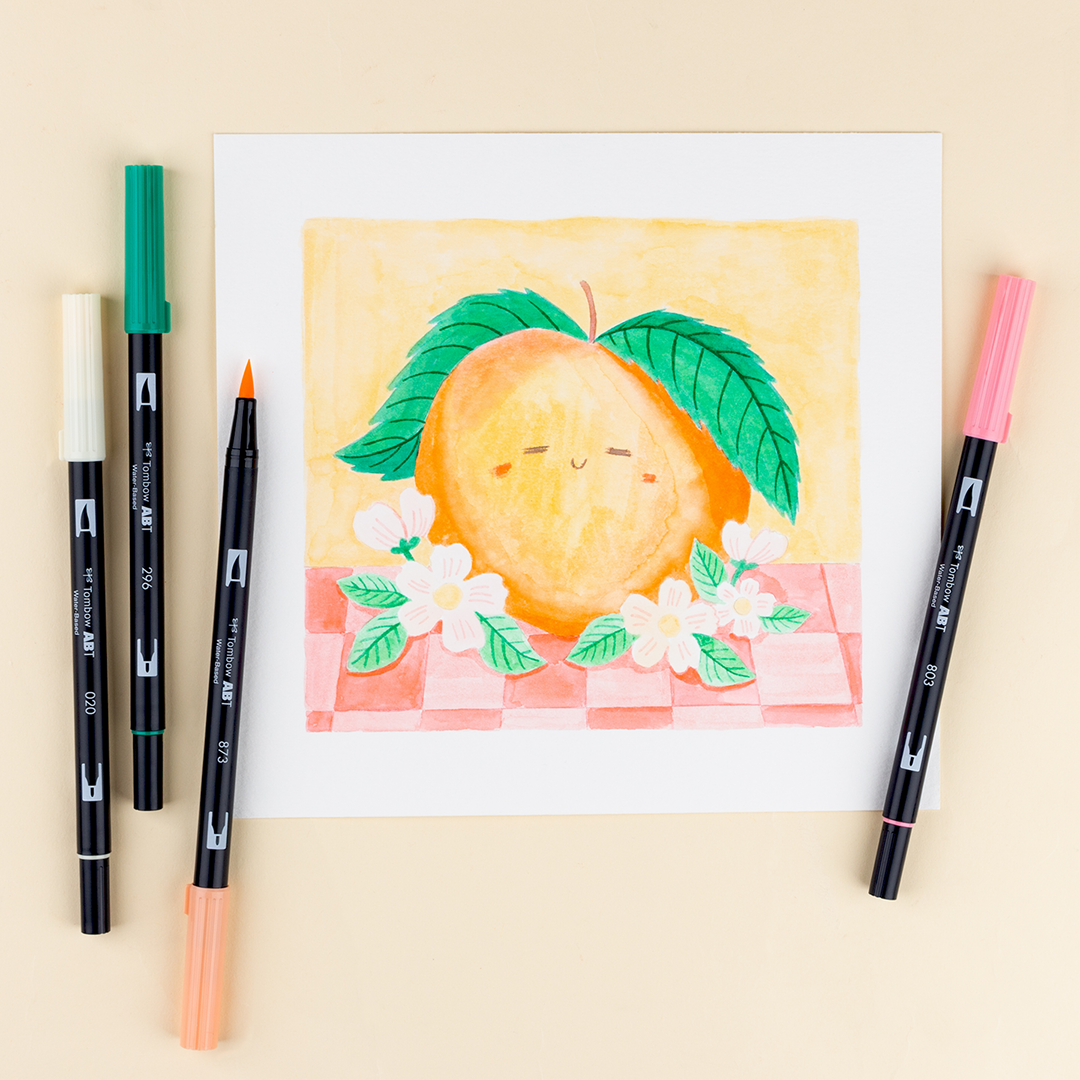
 Ireland (EUR)
Ireland (EUR)
